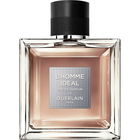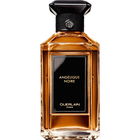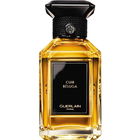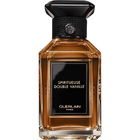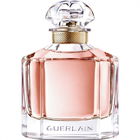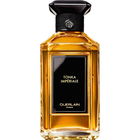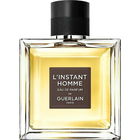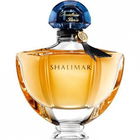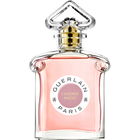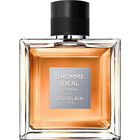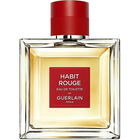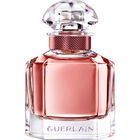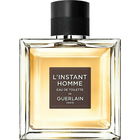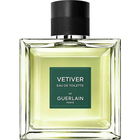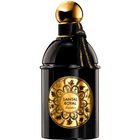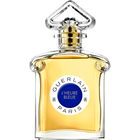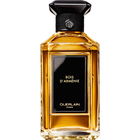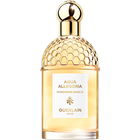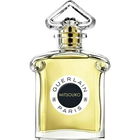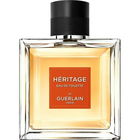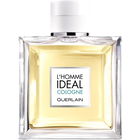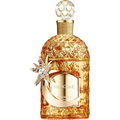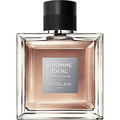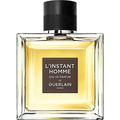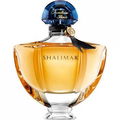Attentive readers know, of course, that the title is a reference to Iris Radisch's new book (Why the French Write Such Good Books), which I strongly recommend for reading: an equally informative and linguistically powerful ride through the recent history of French literature from Camus, Sartre, and de Beauvoir to contemporaries like Houellebecq.
Equally stimulating was the first comment from Baptiste, which refers equally to the authors of the Café de Flore and thus also to the Parisian bohemia of the 30s and 40s.
What defines French art de vivre, philosophy, literature, and art? Ultimately, Iris Radisch does not provide a conclusive answer to this question, especially since, alongside the stimulating but rather hermetic scene in Paris, there was also literature from outside (namely the former colonies, such as the Maghreb) that became just as important for France as the writers from Paris. So much for Iris Radisch.
Translating this to fragrance would mean that a closer examination of the scene of French perfumers would lead us no closer to a comprehensive explanation than the question of whether such a closed team ever existed or exists.
Nevertheless, it seems legitimate to note that the tradition of French perfume houses has gained an international significance that has never been achieved in England, Italy, or Germany, at least not in any historically far-reaching consideration (Germany in the 18th century, England in the 19th and early 20th centuries, etc.).
If one searches in this peak-rich past for perfumes that embody this significance as a design of their respective era, names like Fougère Royale, Jicky, Chanel No. 5, Shalimar, Pour Un Homme, L'Heure Bleu, Mitsouko come to mind, to name just a few. It would certainly stand out that disproportionately many Guerlain fragrances would be mentioned. A not solely sufficient explanation could be that the so-called Guerlinade, that partly known, partly mysterious composition that forms the heart of so many ladies' and (!) men's fragrances from Guerlain, must have been such a great success that it repeatedly spawned great descendants in all its variations.
In Vol de Nuit, this Guerlinade is less prominent because the dominance of galbanum and orange blossom overshadows everything. The result is interesting: it is hard to decide whether this fragrance is rather sweet or rather spicy-balsamic, bitter and green (it is probably both) and hard to determine whether the scent remains bright and light (like an airplane striving for the sun, with its shimmering propeller rotation masterfully depicted in this perhaps most beautiful of all flacons in fragrance history) or whether it is indeed a night flight that is rather gloomy, dark, overcast, and melancholic, with its connection to Antoine de Saint-Exupéry's wonderful novella often being made, even if Cravache convincingly argues in his comment on the EdP that the fragrance was likely simply a commission from Air France, which Guerlain fulfilled brilliantly. Here, too, it holds that perhaps the fragrance is simply both: a homage to the glorious (light) times of Air France and at the same time a cleverly connected reference to Saint-Exupéry's work, which described the dark side of flying that fatefully caught up with the author himself: He crashed 13 years after the publication of his novella "Vol de Nuit" (Eng. Night Flight) on July 31, 1944.
Vol de Nuit (the fragrance), however, develops softly balsamic, not resinous, rather iris root powdery, mossy (certainly much more pronounced at the time than today) and gently spicy. One is almost inclined to perceive a festive (Christmas?) spice sound (vanilla-cinnamon cookies) that develops into a cocoa note, as Apicius rightly noted in the first comment on the fragrance (see EdP). By the way, this is the part that I don't quite like.
It is therefore permissible to take a critical look at the fragrance. Turandot wrote that the fragrance was too perfect for her. I can understand that, because Vol de Nuit is not completely harmoniously perfected (too many green-bitter, waxy notes), but it is ideally balanced, which is reflected in the above-described dialectical resolution of opposites (thesis and antithesis) as a higher (synthesis). It is often the case that a fragrance appears more interesting when it contains an imbalance, edges and corners, contradictions. The origin of this balance could be the sandalwood, which, in my opinion, appears too smooth and connecting in its soft-sweet interpretations. Therefore, for me, Vol de Nuit does not quite reach the highest rating, but still earns a 9.5.
All in all, Vol de Nuit is for me almost the blueprint for elegant French fragrances, even though I consider the strong-scratchy and erotic variant of the Guerlinade (Habit Rouge, Shalimar), the lavender-focused (Mouchoir de Monsieur, Jicky), or the androgynous (Mitsouko) to be (even) better. However, Vol de Nuit remains what it is, even in its current form: a beautiful fragrance and proof that the French not only write good books (Camus, Saint-Exupéry...), but also compose almost perfect fragrances, at least when they are named Jacques Guerlain.

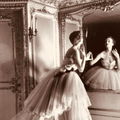






 Top Notes
Top Notes  Galbanum
Galbanum Orange blossom
Orange blossom Bergamot
Bergamot Lemon
Lemon Mandarin orange
Mandarin orange Orange
Orange Heart Notes
Heart Notes  Aldehydes
Aldehydes Iris
Iris Vanilla
Vanilla Narcissus
Narcissus Base Notes
Base Notes  Oakmoss
Oakmoss Musk
Musk Orris root
Orris root Spices
Spices Sandalwood
Sandalwood





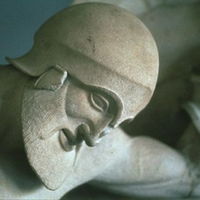



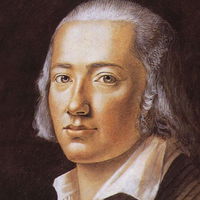



 Rachelg
Rachelg Lily3013
Lily3013 Cumulnimbus
Cumulnimbus Pinseltown
Pinseltown JonasP1
JonasP1 Ttfortwo
Ttfortwo Ergoproxy
Ergoproxy Pollita
Pollita Gandix
Gandix UntermWert
UntermWert